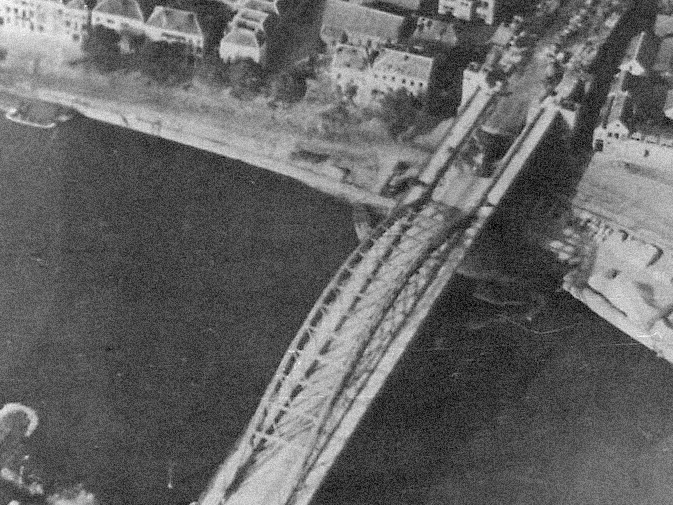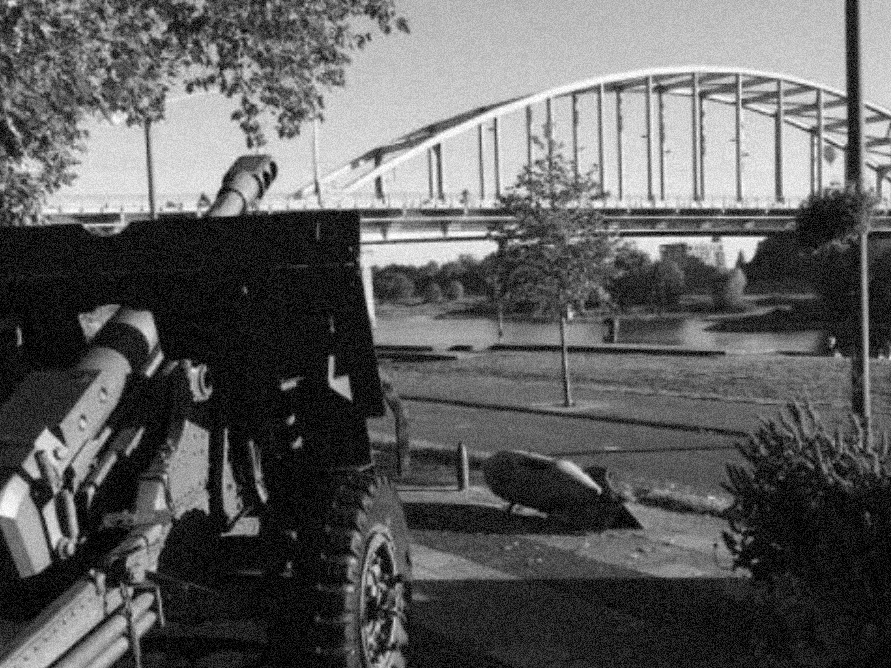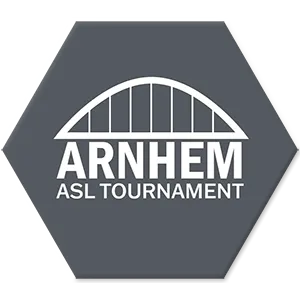Overview
During the weekend, we will have one Main Tournament (6 rounds, Thursday to Sunday), and three Mini Tournaments (3 rounds each, deployed in three different time frames Thursday to Sunday).
All tournaments use the common Tournament Rules. The Main tournament use a Swiss Style pairing, while the mini’s use pairing according to number of players.

Main Tournament
Operation Market Garden
Thursday – Sunday

Mini A
Thursday – Friday

Mini B
Friday – Saturday

Mini C
Saturday – Sunday
